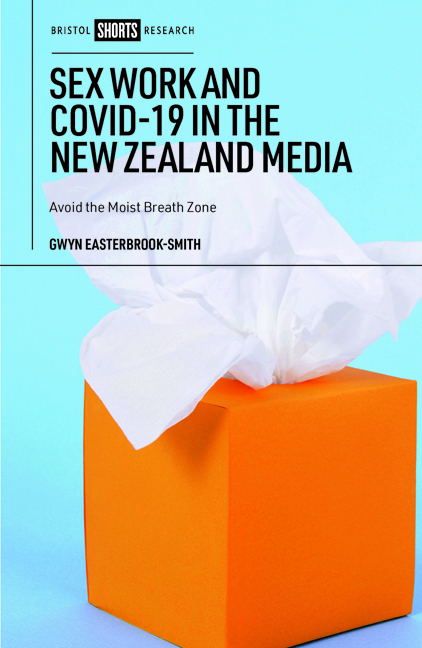Three - Sex Work and COVID-19 in 2021
Published online by Cambridge University Press: 18 January 2024
Summary
New Zealand entered 2021 with the entire country at Alert Level 1, and no community cases of COVID-19, having mounted a response to the pandemic that drew international attention. Throughout 2021 keeping COVID-19 out of the community became more challenging. New Zealand's borders remained mostly closed, although a limited number of arrivals were permitted, who had to spend two weeks in government-managed isolation facilities. Most of these facilities were in Auckland, in temporarily repurposed hotels. At two points in February 2021 the country was briefly placed in higher Alert Levels, with Auckland moved to Level 3 and the rest of the country to Level 2 to contain the emergence of COVID-19 community cases. Mid-year, the borders briefly opened to arrivals from Australia as part of the ‘trans-Tasman bubble’. In June, Wellington moved to a higher Alert Level when it emerged that a visitor from Sydney had tested positive for COVID-19 shortly after arriving home and was likely infectious during their time in the city.
Then, in August, a community case of COVID-19 was detected with no clear link to the border,4 sparking concerns that the first case detected might have been part of a longer chain of transmission. The case was a man who lived in Auckland, but who had travelled out of the region over the previous days, and in response the entire country moved back to Level 4, or a lockdown, on 17 August. On 31 August all areas south of Auckland moved to Level 3, and on 2 September, Northland, in the upper North Island, also moved to Level 3. Areas outside of Auckland moved back to Level 2 from 7 September. Auckland moved to Level 3 on 21 September and remained there for a prolonged period, with some slow easing of restrictions, until 2 December, when the entire country moved to a new COVID-19 restriction framework known as the ‘traffic light system’. In total, Auckland remained either locked down, or under significant restrictions, at Level 3 or 4 for over three months.
As Auckland's lockdown progressed, the government extended more financial support to affected businesses. As well as being available to businesses and sole traders in Auckland, this was accessible for people outside the region who saw a downturn in revenue as a result of the lockdown, and the associated reduction in customers.
- Type
- Chapter
- Information
- Sex Work and COVID-19 in the New Zealand MediaAvoid the Moist Breath Zone, pp. 59 - 86Publisher: Bristol University PressPrint publication year: 2023



